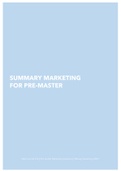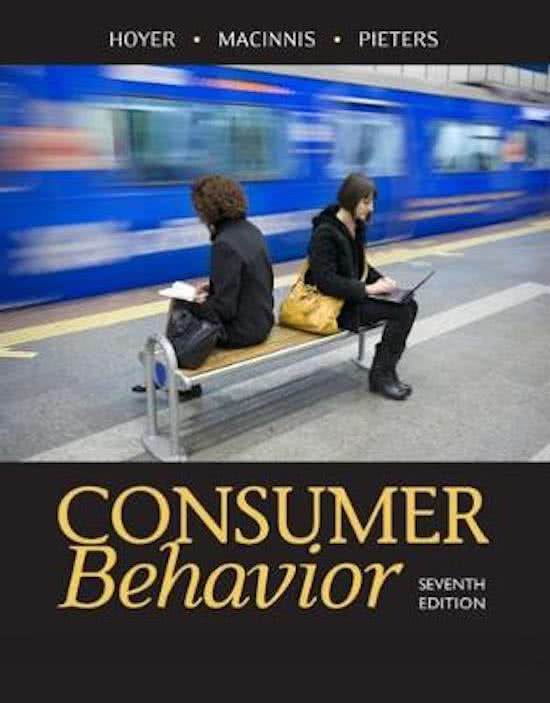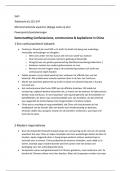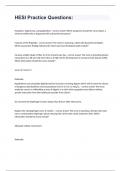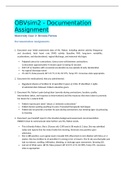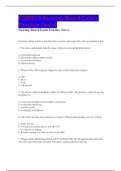Samenvatting
Summary textbook Marketing for Pre-master
This summary is written for the course “Marketing for Pre-Master” during the semester Fall-2021 of the Pre-Master Marketing Analytics and Marketing Management. The base for this summary is the textbook “Consumer Behavior” by Hoyer, Macinnis and Pieters used throughout the course. This docu...
[Meer zien]
